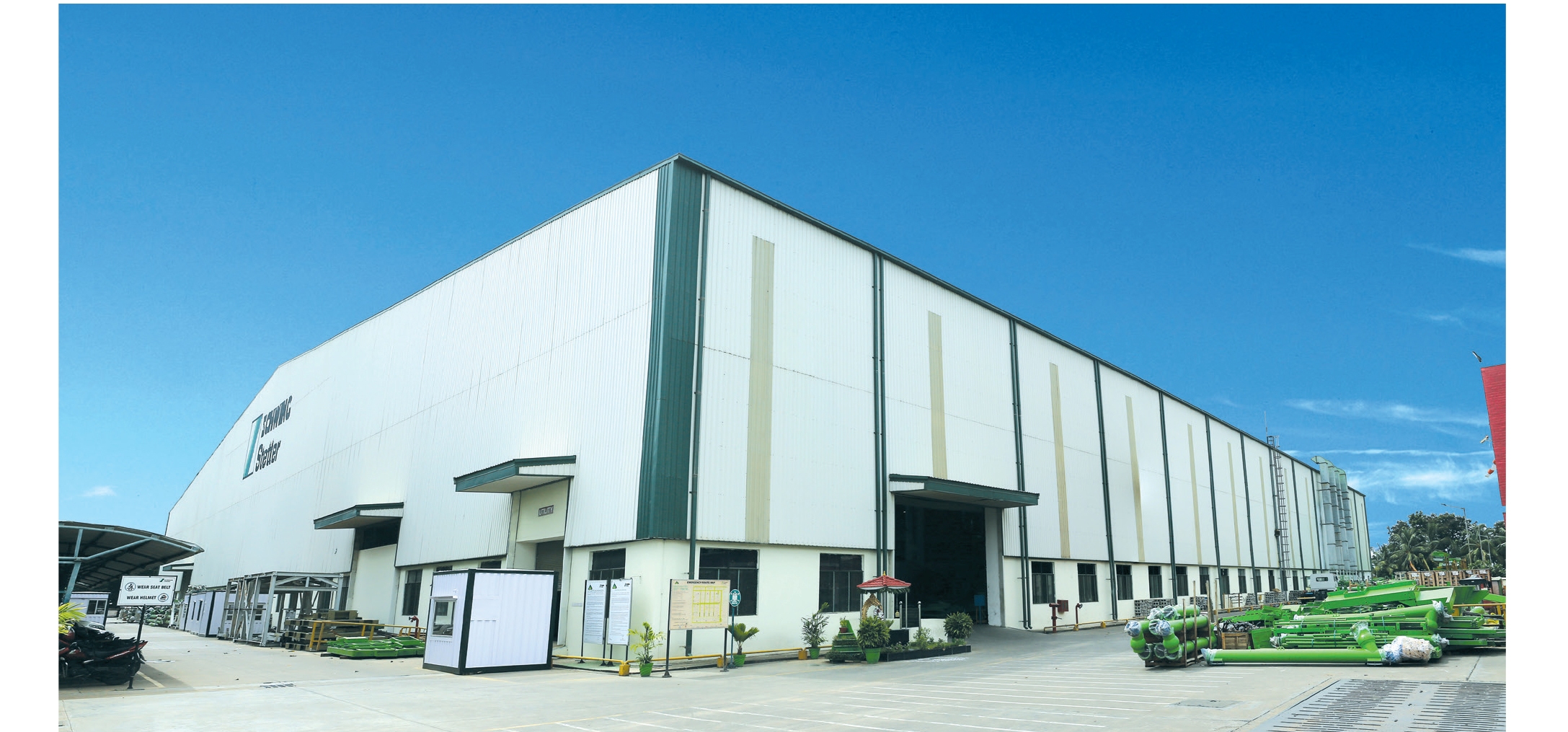by Mahendra Pingle, General Manager - Market Development, TATA Bluescope
Steel stands as a formidable engineering marvel, serving as the backbone for innumerable constructions worldwide. With enduring resilience against harsh weather conditions, it has supported countless organizations in building from the ground up. Despite its time-tested reliability, corrosion poses a persistent challenge. Caused by exposure to moisture, oxygen, and environmental factors, corrosion not only affects steel's health but also has broader economic implications for a country.
According to the Indian Stainless Steel Development Association, India suffers a loss of around USD 110 billion every year due to corrosion which leads to the projects failing to complete their estimated life cycle. The original Pamban Bridge, opened in 1914, connecting Rameswaram on Pamban Island to mainland India, is a notable example. This century-old railway bridge was exposed to a highly corrosive marine environment, leading to severe corrosion issues over the years. While the bridge has not perished and still stands, it has required extensive maintenance, and there are plans to replace it with a new vertical lift bridge due to the corrosion.
One of the important elements that increases the risk of corrosion is iron. Steel is an alloy that carries a huge percentage of iron. The interaction of iron and oxygen leads to iron oxide, referred to as rust. The rust weakens and reduces the lifecycle of steel. To safeguard the integrity of the steel and tackle the pervasive issue of corrosion of steel, the technique of coating plays a pivotal role. It serves as one of the proactive measures acting as a shield on the steel surfaces. It prevents airborne pollutants and corrosive substances from reacting with the steel surface.
Coating itself is a state-of-the-art technology that has evolved with research advancements in processes, and the development of technology. Apart from preventing corrosion, the coating also adds an aesthetic value to the steel by availing color options, pattern choices, uniform appearance, versatility in design applications, and ease of maintenance. Eventually, the goal of a buyer is to enhance the overall visual of the structure without compromising on its life. Coating is one stop for both demands.
The coated steel industry is witnessing significant growth and technological advancements, driven by rising demand across various sectors, especially in the construction and automotive industries. According to a report published by Mordor Intelligence, the global coated steel market, as of 2022, was estimated at 282.49 million tons, with a projected CAGR of 3.67% from 2022 to 2027.
A major driver for the coated steel market is its widespread use in construction. This includes applications in industrial roofing, cladding, airports, and malls, among others. The global construction industry, particularly in Asia-Pacific, is booming, which is propelling the demand for coated steel. For instance, massive investments in housing construction in India, supported by government initiatives, are expected to significantly boost the consumption of coated steel.
It is, however, equally important for a buyer to understand the segments of coating to make informed choices. Coating is of multiple types. The polyester coating works as a protective layer widely used in manufacturing, automotive, and construction sites. One of the important benefits of using polyester materials is its resistance to wear and tear, reflecting its ability to withstand harsh environmental conditions, and its durability. It also resists mildew and mold growth, acting as a shield in areas exposed to moisture. This quality of polyester material makes it a convenient coating for steel that is exposed to multiple challenges.
In addition to polyester-based coatings, the coated steel industry also employs a variety of other coatings, each offering unique benefits. Epoxy coatings, known for their superior adhesion and corrosion resistance, are ideal for industrial environments and underwater steel structures. Polyurethane coatings offer a combination of flexibility, impact resistance, and UV stability, making them suitable for both interior and exterior applications. Galvanizing, involving a zinc coating, provides sacrificial protection to steel, effectively preventing rust. Aluminizing, or aluminium coating, is used for high-temperature resistance and is prevalent in automotive exhaust systems. Another innovative option is the use of nano-coatings, which provide an ultra-thin, yet highly effective barrier against corrosion and wear. These nano-coatings are increasingly popular in high-precision applications due to their minimal thickness and superior performance. Each type of coating serves specific industrial needs, ensuring that steel products are not only protected but also enhanced in their functional and aesthetic qualities, meeting diverse requirements across various sectors.
However, the growing demand for green and sustainable coatings opens new opportunities for innovation and market expansion. The Asia-Pacific region, especially India, is likely to remain a key market due to ongoing industrialization and infrastructure development.






